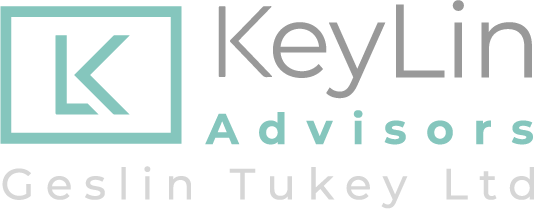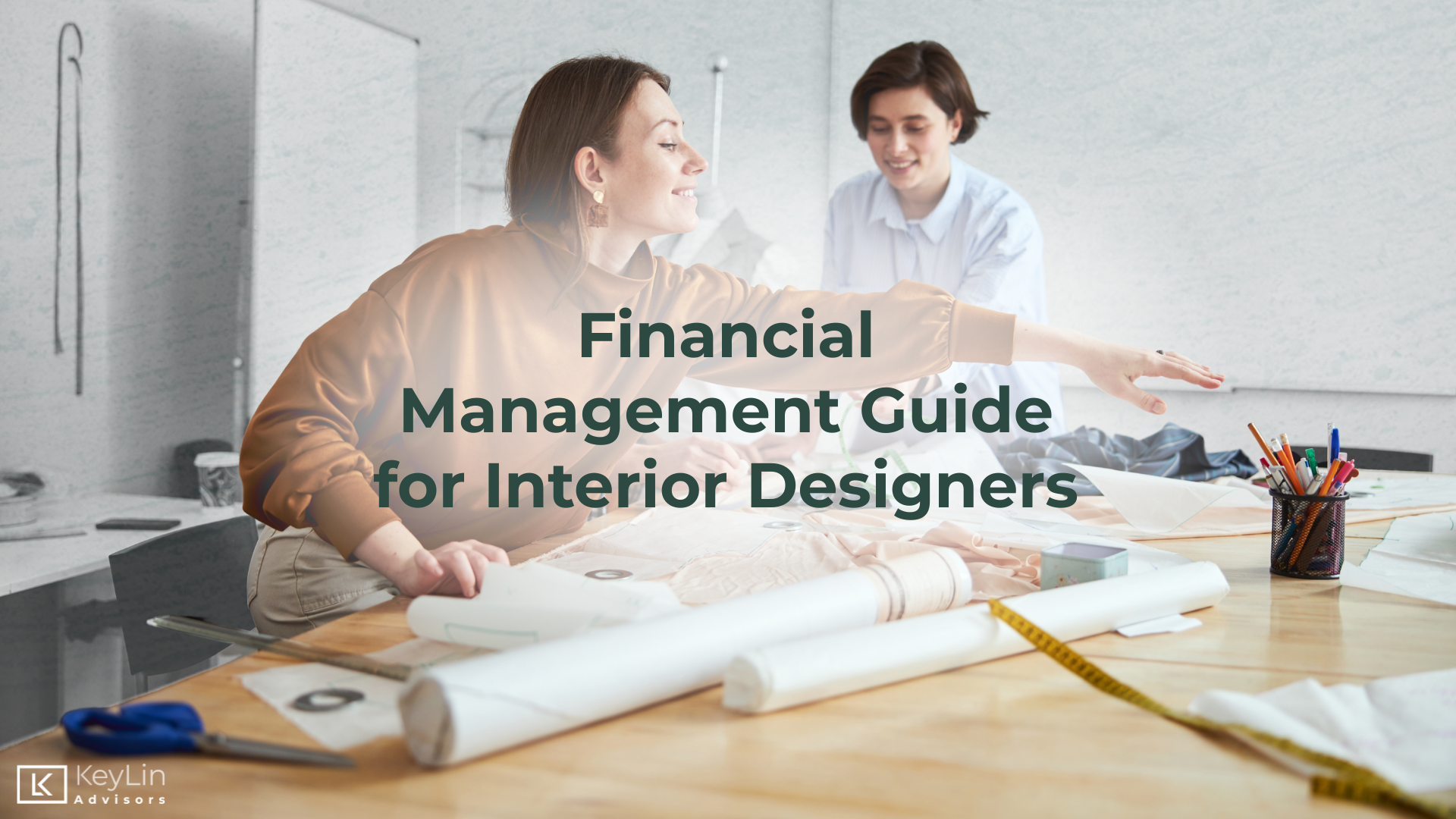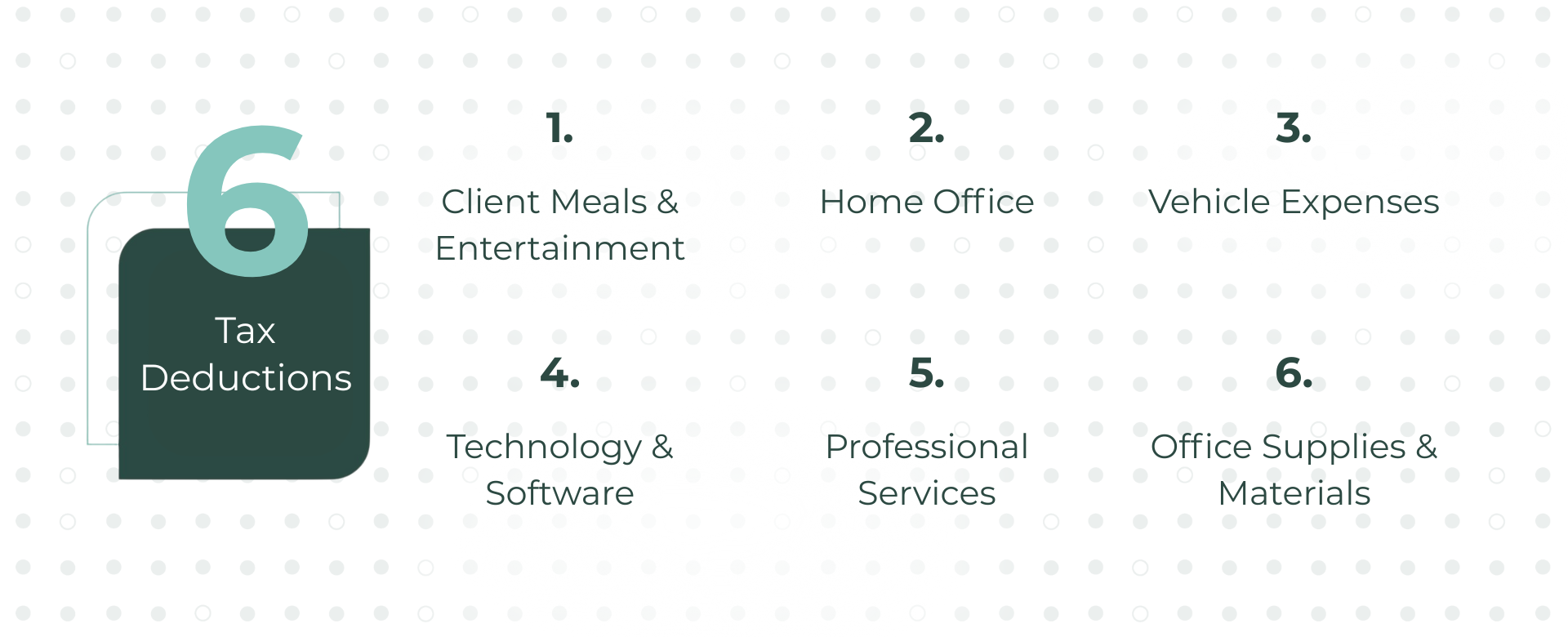Accounting for Interior Designers: A Complete Financial Management Guide
As an interior designer, you’ve mastered the art of transforming spaces and bringing clients’ visions to life. But behind every successful design project lies a crucial foundation that many creative professionals overlook: proper accounting for interior designers. While your passion lies in selecting the perfect fabrics and creating stunning room layouts, understanding your interior design business finances is what separates thriving design firms from those that struggle to stay afloat.
The reality is that interior design combines creativity with complex business operations. Many designers excel at managing projects but find themselves drowning in receipts, struggling with cash flow, or scrambling at tax time. The good news? With the right bookkeeping for interior design firms and financial management systems in place, you can build the structure needed to grow your business confidently while focusing on what you do best.
Why Accounting for Interior Designers Is Critical
Interior design businesses face unique financial challenges, making specialized accounting essential for interior designers. Unlike traditional service businesses with steady monthly revenue, design firms often experience highly irregular cash flow patterns. You might receive a $20,000 payment one month when a major project wraps up, followed by two months with minimal income as you work on new projects that haven't reached billing milestones yet. Without careful interior design business finances planning, even profitable businesses can find themselves unable to cover basic operating expenses during lean periods.
The situation becomes more complex when you consider the substantial upfront expenses that designers regularly incur. For example, you might need to purchase $5,000 worth of furniture and materials for a project, often weeks or months before client payments arrive. If you're not meticulously tracking these expenses and their corresponding project codes, you risk forgetting to invoice clients for reimbursements, essentially funding their projects out of your own pocket.
Most importantly, proper financial tracking helps you understand project profitability. That glamorous kitchen renovation might look impressive in your portfolio, but if poor cost tracking reveals you actually lost money on the project, you need to adjust your pricing or project management approach for future success.
The Foundation: What Bookkeeping for Interior Design Firms Actually Does
For interior designers, specialized bookkeeping captures the intricate web of subcontractor and vendor payments that make up project costs. When you pay a contractor $3,000 for custom millwork, proper accounting for interior designers categorizes this as subcontracted labor tied to a specific project, not buried in a generic “miscellaneous expenses” category. This level of detail becomes invaluable when calculating actual project costs and setting future pricing.
Additionally, organized bookkeeping transforms tax preparation from a stressful scramble through shoeboxes of receipts into a straightforward process. Your accountant can focus on tax strategy and optimization rather than trying to piece together your financial year from incomplete records.
Tax Planning for Interior Designers
Interior design businesses face several tax responsibilities that require ongoing attention throughout the year. Effective tax planning for interior designers involves understanding these key obligations:
Income Tax: Standard tax on your net business profits
Estimated Taxes: Quarterly IRS payments to avoid year-end penalties. The IRS expects you to pay taxes as you earn income, not just at year-end
Sales Tax: Varies by location; some areas require tax on design fees, others only on physical goods you resell to clients
Payroll Taxes: Required if you have employees, including Social Security, Medicare, and unemployment contributions
Sales tax presents particular complexity in interior design business finances. If you purchase a $2,000 sofa wholesale and sell it to a client for $2,800, you may need to collect and remit sales tax on that transaction. Understanding these requirements in your specific location is crucial for compliance and proper pricing.
Maximizing Your Tax Deductions
One of the most immediate benefits of proper bookkeeping is capturing all legitimate business deductions that can significantly reduce your tax burden. Interior designers often overlook several valuable deductions:
Client meals and entertainment: Partial deductions for business lunches and client meetings. That $75 lunch reviewing design plans becomes a legitimate expense.
Home office: Deductions for space used exclusively for business, covering portions of rent, utilities, and maintenance
Vehicle expenses: Mileage or actual costs for trips to client sites, showrooms, and vendors
Technology and software: Design programs, project management tools, cloud storage subscriptions
Professional services: Bookkeeping, accounting, legal advice, and business consulting fees
Office supplies and materials: Fabric samples, sketchpads, business cards, and presentation materials
The key to maximizing these deductions is proper documentation and clear separation between personal and business use.
Creating an Effective Accounting System for Interior Design Businesses
Managing interior design business finances requires establishing systems that capture financial information consistently without disrupting your creative workflow:
Daily Habits:
Record every transaction immediately: client deposits, vendor invoices, material purchases, and contractor payments
Use consistent expense categories that reflect your business operations (materials, subcontracted labor, software, marketing, overhead)
Separate business and personal expenses clearly
Monthly Reviews:
Generate income statements to verify true profitability after all expenses
Review cash flow reports to predict upcoming financial needs
Identify outstanding invoices early for prompt follow-up
Analyze project profitability to guide future pricing decisions
When that $500 monthly design software subscription gets properly categorized under “business technology” rather than lumped into “office supplies,” you gain clearer insights into your true operating costs. A monthly review might reveal two outstanding invoices worth $8,000. Catching this early allows for prompt follow-up before cash flow becomes problematic.
The Strategic Benefits of Professional Financial Management
Beyond basic compliance and organization, proper accounting for interior designers provides strategic advantages that can transform your business. Clear management of interior design business finances allows you to confidently take on larger projects, knowing you have the financial foundation to handle upfront expenses and irregular payment schedules.
Professional bookkeeping for interior design firms also enhances your business credibility with clients, vendors, and potential partners. Timely invoices, organized expense tracking, and clear project cost documentation demonstrate the business sophistication that supports long-term growth and premium pricing.
When to Seek Professional Help with Interior Design Accounting
While basic bookkeeping principles are straightforward, the complexities of tax planning for interior designers, cash flow management, and financial strategy often benefit from professional expertise. Consider partnering with experienced accountants when you experience:
Falling behind on invoices and receipt organization
Uncertainty about which expenses qualify for deductions
Overwhelm during tax season or quarterly filing deadlines
Desire to focus on design work rather than financial administration
Need for strategic guidance on business growth and structure
The goal is to free yourself to focus on design work rather than spending valuable creative time wrestling with spreadsheets and tax forms. A skilled accounting team can implement cloud-based systems that streamline your interior design business finances while providing the expertise to optimize your tax strategy and business structure.
Your Financial Foundation
Accounting for interior designers isn't just administrative busy work—it's the foundation that supports a thriving design business. With clear bookkeeping for interior design firms and proper interior design business finances management in place, you can confidently pursue bigger projects, maximize tax advantages through strategic tax planning for interior designers, and make informed decisions that fuel sustainable growth.
Ready to simplify your books and focus on your craft? Contact KeyLin Advisors today to learn how our specialized accounting services can support your interior design business's growth and success.



